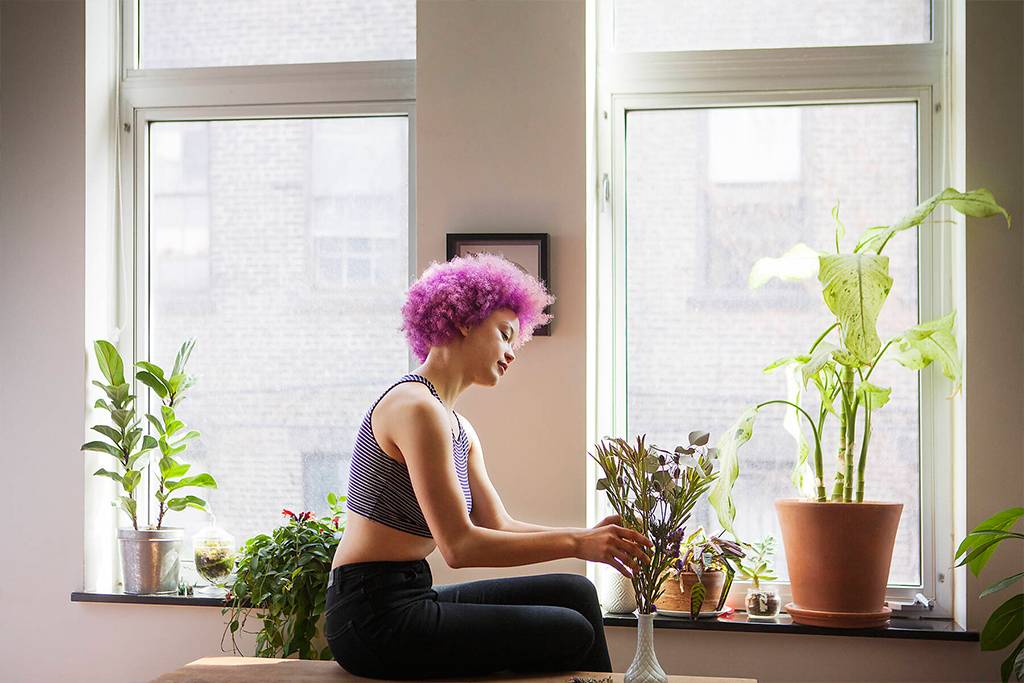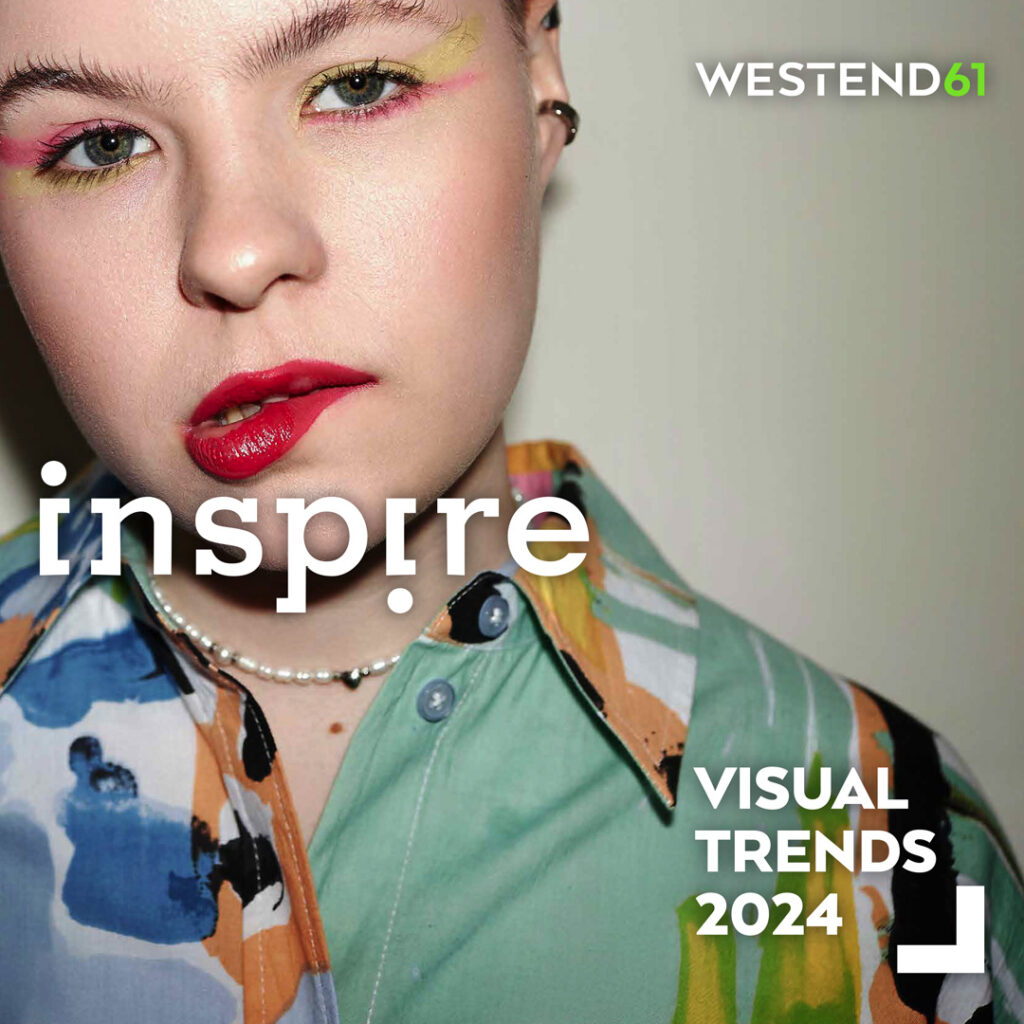“Lifestyle Diversity:” Expressing your own distinctive style
Digitalization has revolutionized not only forms of data exchange and communication, but also people’s lifestyles. The most relevant main trend in this context is increasing individualization in industrialized societies. Highly technological modernity offers the majority of people an unprecedented amount of personal freedom. This is accompanied by an increasing need on the part of the individual to design and live his or her own concept of existence. This leads to a simultaneous juxtaposition of many different, even conflicting, lifestyles, both within a society and sometimes within a person. This macro trend in the wake of this individualization megatrend is known as “Lifestyle Diversity.”

The endeavor to autonomously shape one’s life is high on many people’s personal wish lists. According to a survey by the Zukunftsinstitut, no less than 67 percent of Germans attach great importance to their personal independence. A further meaningful value is the rate of singles in modern societies; in a Europe-wide comparison, Germany takes second place with 20 percent of people living alone, surpassed only by Denmark with has a rate of 23 percent.
But there is also an increasing differentiation in life models among couples and families as well. Of course, there is still the classic “nuclear family,” but in addition, there are many unmarried couples, same-sex partnerships, single parents, patchwork families, flat-sharing communities in multigenerational houses, and other ways of living with others.

Modern societies benefit from diversity
But it would certainly be wrong to assume that the progressive individualization inevitably promotes an egocentric mentality. There have always been and always will be egoists, independent of social trends. Modern democratic societies benefit from the diversity that is embodied in them. In this context, too, there is an interesting figure determined by a survey from the Zukunftsinstitut: No less than 30 percent of those surveyed consider the improvement of learning environments that promote social and cultural diversity to be a priority in education.

Professional life is also changing as a result of individualization. The classic, straightforward career in a company from apprenticeship to retirement is an outdated model, not only because it is easier to lose one’s job today, but above all because frequent job changes are increasingly becoming the norm and are seen more as proof of flexibility and willingness to lifelong learning than as a flaw. At the same time, digitalization is expanding the opportunities and scope for skilled workers.

Urbanization and digitalization as important driving factors
Professional life is a good example in which to place the manifestations of lifestyle diversity. In affluent societies, work is no longer just for economic survival. Vocational activity is increasingly decoupled from this existential role and serves as an expression and sphere of activity of one’s own interests and talents. It is not uncommon these days for people—not only when they are young, but sometimes when they are middle-aged—to switch to a completely different profession because they see better opportunities for self-realization there. This, too, expresses the pursuit of meaning in one’s own actions, an individually harmonious concept of life, and one’s own unique style.

Urbanization and digitalization are two important drivers for the macro trend “Lifestyle Diversity.” The ongoing influx into cities enables a growing number of people to encounter the colorful juxtaposition of trends and cultural influences there. In the melting pot of urban centers, individuals can compare themselves with others, copy the lifestyles—even just parts of them—of their fellow humans, or even differentiate themselves from them. At the digital level, the Internet creates this mode of possible comparison at any time, even for those who do not live in a big city. This aspect became increasingly important with the widespread use of mobile devices and the attractiveness of social networks, which opened up a wide range of possibilities for each individual to present themselves to the public in an effective and widespread way.

A rich source of activity for photographers
In addition to the above-mentioned general social manifestations of lifestyle diversity, the following aspects are important on a personal level: values, opinions, external appearance, preferred sports or other hobbies, and holiday destinations. All these aspects can serve to demonstrate one’s lifestyle. The main difference of lifestyle diversity compared to the “fashions” of earlier generations is that today an almost unmanageable variety of lifestyles exists simultaneously and side by side, whereas in the past one subculture was replaced by the next.

The need to still be noticed in this colorful, ever-changing world further strengthens the need to attract attention and stand out visually. Therefore, the macro trend “Lifestyle Diversity” creates a rich field of activity for Royalty Free imagery, especially in the areas of “People & Lifestyle,” because the numerous business areas that are created in the context of “Lifestyle Diversity” demand meaningful image motifs for their applications.










